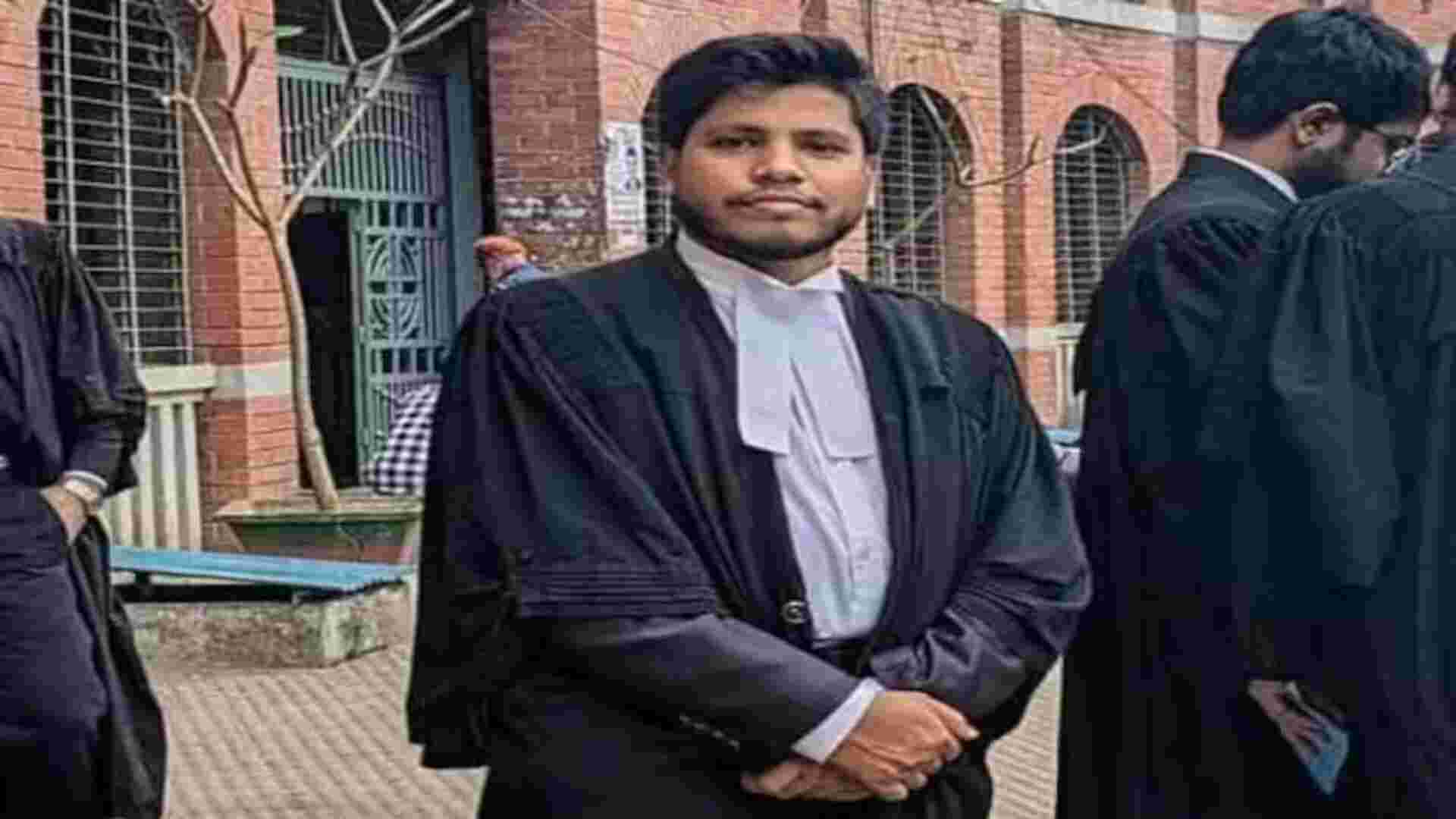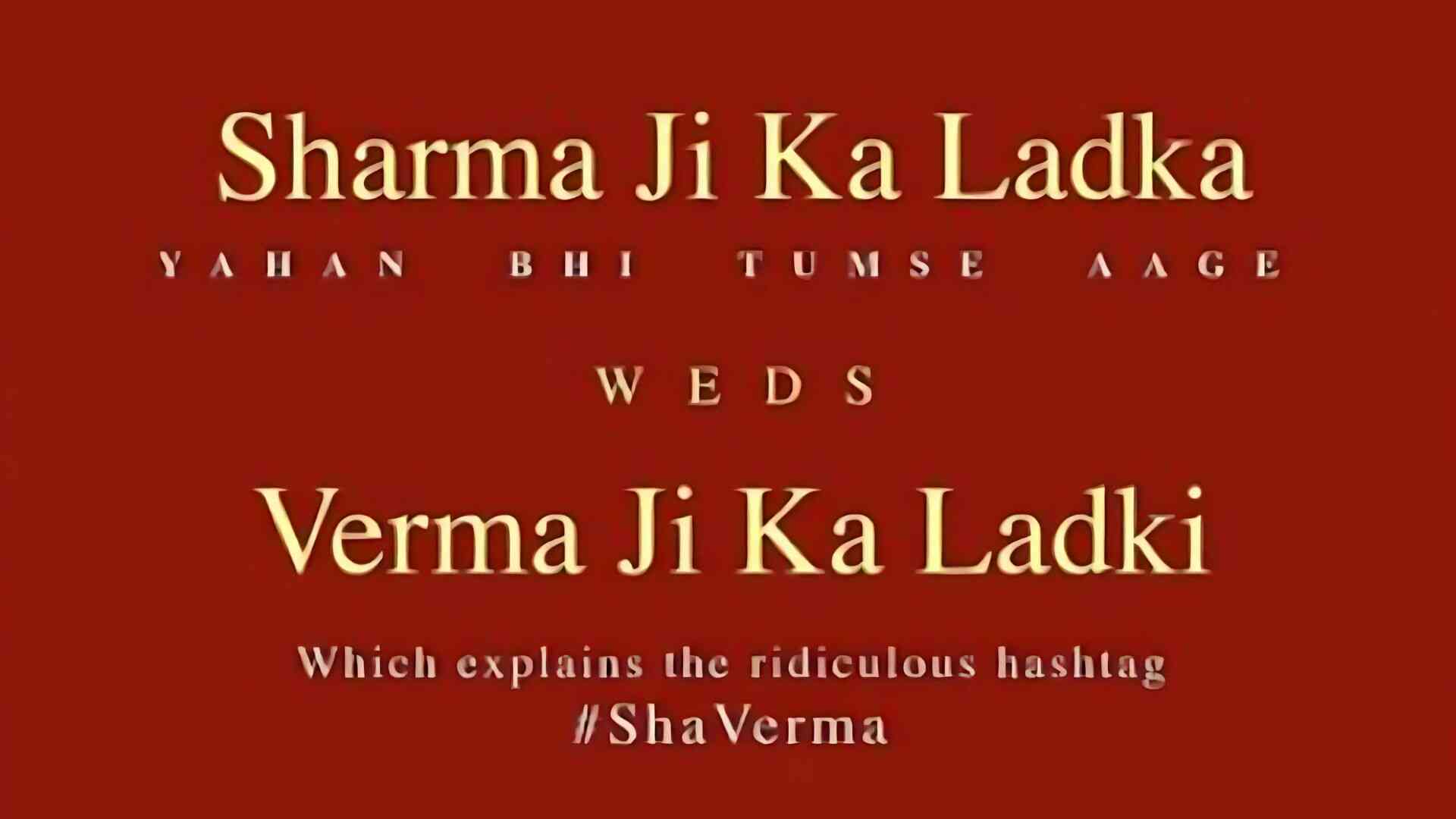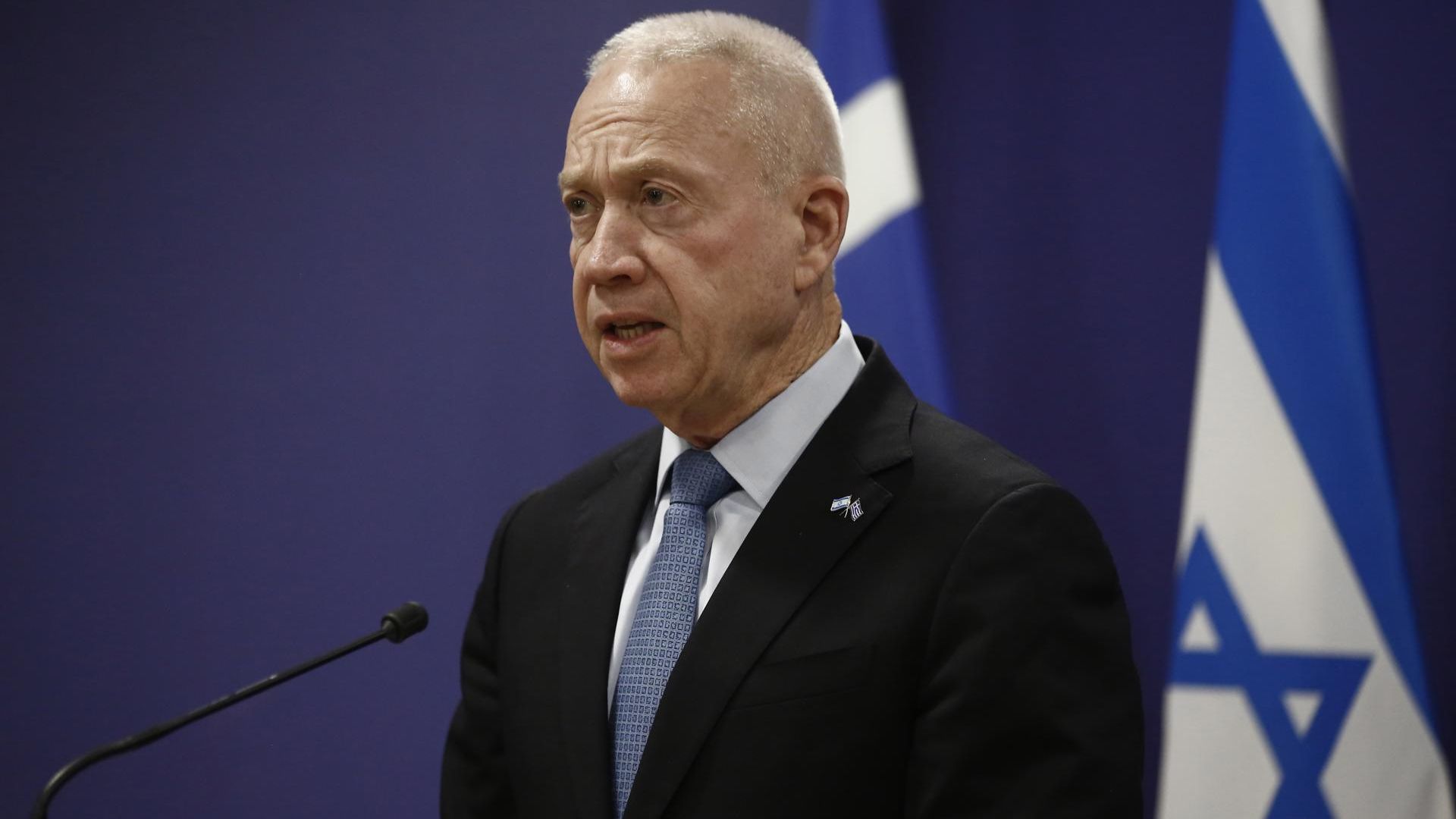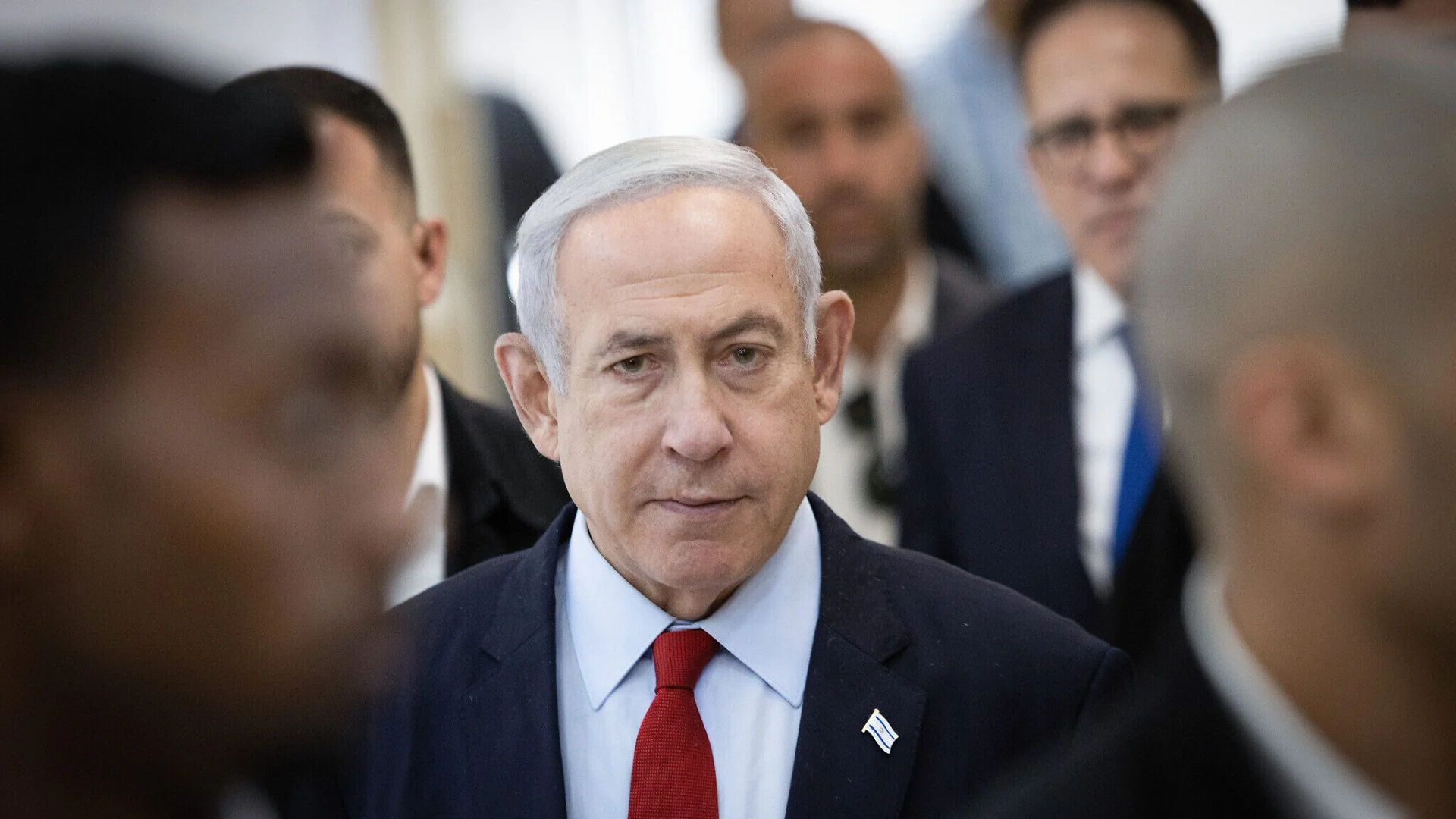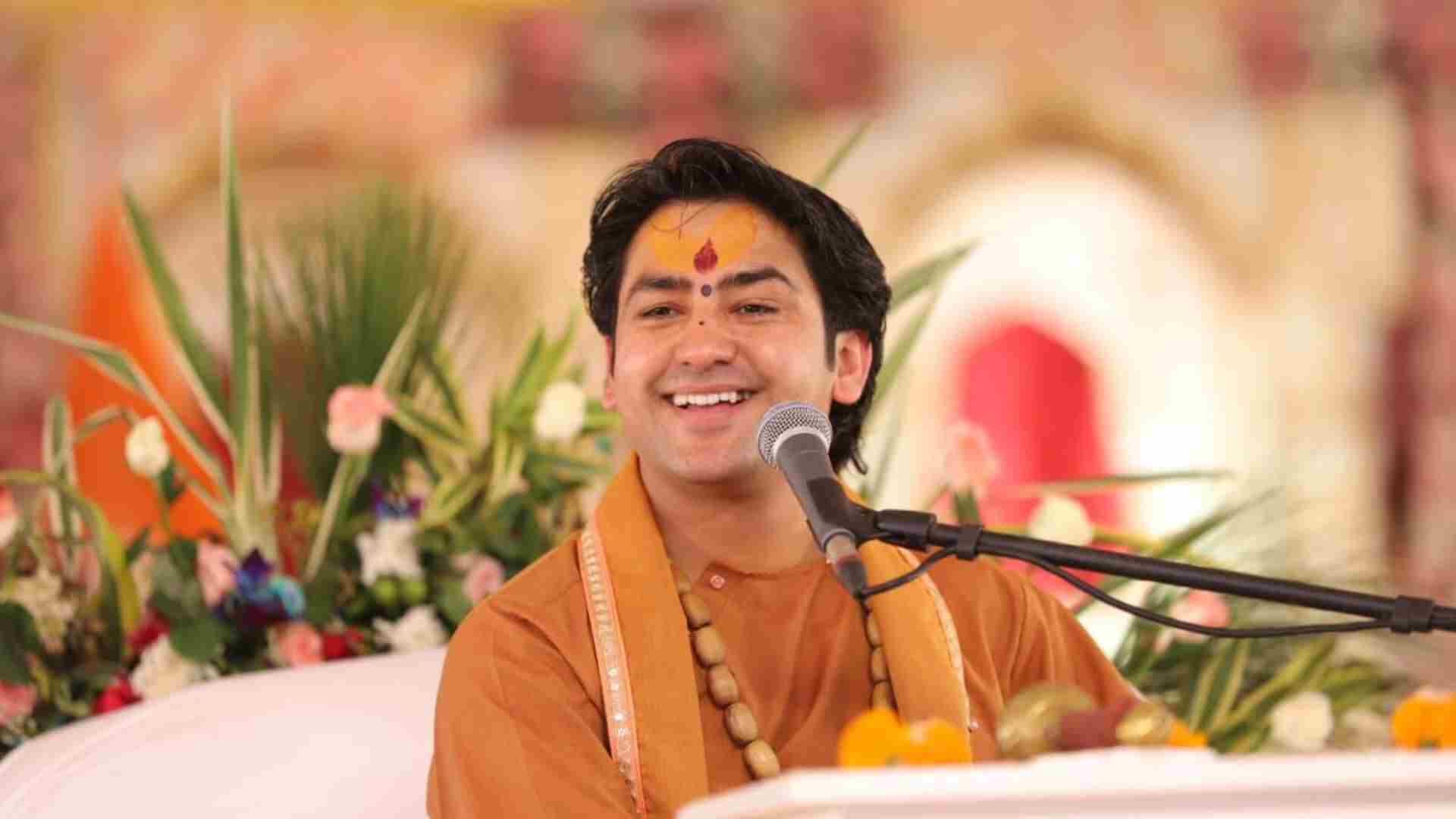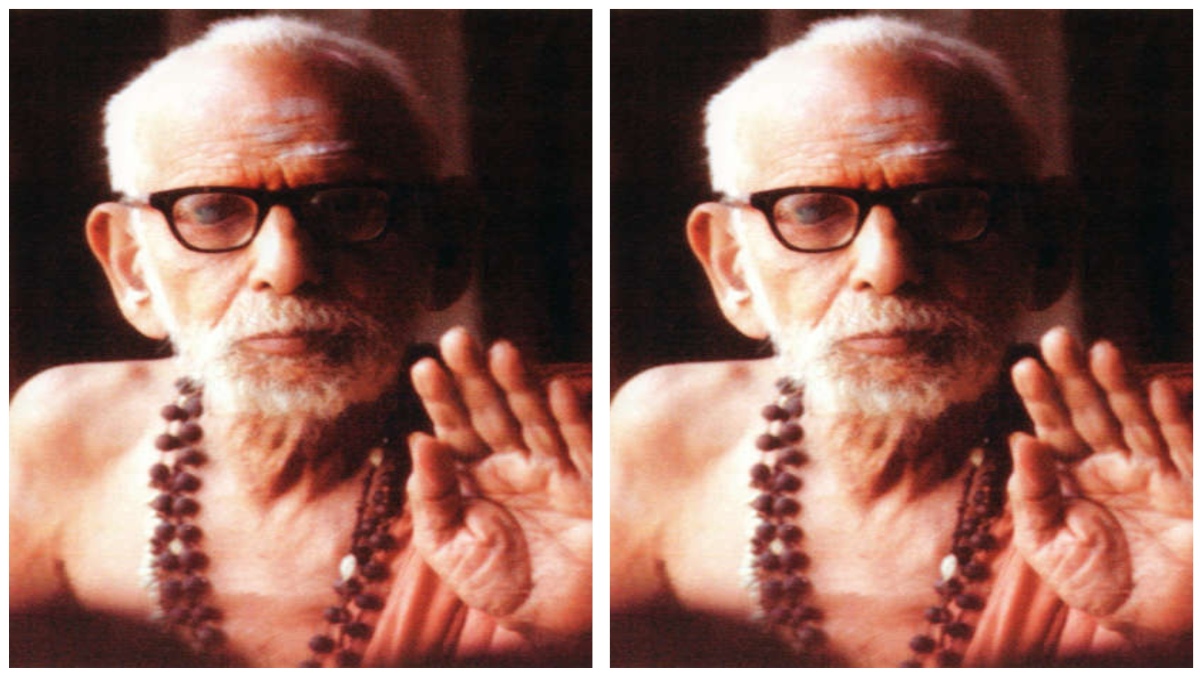
Few legends are able to physically guide people for nearly nine decades touching all aspects of all their lives. Fewer still can do this during the challenging phase of the freedom movement and the post-Independence transformation of a country. Swami Chandrasekharendra Saraswati did all this and more in India’s rise as a modern nation as he strove for spiritual awakening, social cohesion, national integration, cultural revival while also encouraging excellence in various fields including science, music, and architecture. As we celebrate the 75th anniversary of India’s independence, it is vital to recall the contribution of a spiritual master who left a lasting impact on India’s journey in perhaps the most critical, tumultuous, and crucial periods of its history.
Swami Chandrasekharendra Saraswati, the 68th Shankaracharya of the Kanchi Kamakoti Peetham, championed change with continuity. He worked for a society that is firmly rooted in the past while working with confidence for a secure and prosperous future. He wanted people to draw strength and inspiration from India’s enormous past achievements in all domains of human endeavour to attain solid achievements in the future. If humanity was to follow his advice and teachings, problems like climate change would not have taken the dangerous turn they have taken now. He worked for tackling the raging problems of society.
Yearning for freedom from British rule, Periyava did not directly take part in politics as the spiritual head of a revered religious seat but kept abreast of the developments. A significant meeting took place between Periyava and Mahatma Gandhi in 1927 in a cowshed at Nellichery in Palakkad in present-day Kerala.
Periyava did away with the practice in the mutt of wearing silk clothes and shifted to Khadi robes. He had also requested his devotees to do away with foreign clothes. He composed Maithreem Bajathag, a benediction which was rendered by MS Subbulakshmi in October 1966 at the United Nations. The benediction is an anthem for universal friendship and world peace and ends with the words “Srey o bhooyat sakala jananam”–Let grace and happiness abound for all mankind.
Born on 20 May 1894, Swami Chandrasekharendra Saraswathi was Shankaracharya of Kanchi Mutt from 1907 to 1994. He physically guided people for 40 years before Independence and 47 years after it as he helped shape the country’s progress with his deep knowledge, well-meaning advice to political leaders who met him and his ability to connect with people and events.
His message on the day India attained Independence on 15 August 1947, is soul-stirring, visionary and all-encompassing as it enunciates the significance of the national flag, dharma chakra, role of individual and significance of our spiritual legacy.
“On this happy occasion when our country Bharat has attained Independence, the people of this ancient country must pray wholeheartedly and with one mind to Sri Bhagavan. Let us all pray to God to vouchsafe to us the strength of mind and energy to engage ourselves more and more in attaining spiritual knowledge. It is only by the grace of Almighty that we can safeguard the freedom that we have achieved and also help all the living beings on earth to lead a happy life,” Periyava said. He said, “chakra of Bhagavan, who is the embodiment of Dharma, has its place in the centre of our National Flag”.
Periyava’s words of attaining aram (dharma or righteousness), porul (wealth), inbam
(happiness) and Veedu (moksha or deliverance) spell out the vision and goals for an individual.
“This chakra reminds us of the moral values enjoined by Emperor Ashoka, who is historically famous as Devanampriyaha. Further, the chakra makes us contemplate the spiritual discipline imparted by Bhagavan Krishna in the Bhagavad Gita. That Dharma which shines in the form of a Chakra is clear from Lord Krishna’s reference to the Chakra as “Evam pravartitam chakram” in Verse 16 of the III chapter of the Bhagavad Gita.”
Periyava explained the significance of three stripes–dark green, white and orange–in the national flag and talked of attaining military strength. “These colours seem to indicate to us, that military strength for protection from enemies and evil, wealth for welfare and prosperity, and knowledge for the sake of proper administration are essential for the nation. It may be remembered that dark green is the colour of Durga–the Parasakti who is the mother protector, Mahalakshmi, the goddess of wealth and prosperity is of orange colour(golden hue) and Saraswathi the source divine of all knowledge is white in colour. It is a happy coincidence that the colour of the three Shaktis (Goddesses of Power) are seen in the three stripes of the National Flag,” he said.
Periyava noted that freedom has been attained by the grace of God, by the blessings of great men, and by the unique sacrifice of the people. “Let us all pray to the Omnipresent God to shower his grace so that with the hard-won freedom, our country becomes prosperous, is rid of famine, and there are no social skirmishes and the entire nation lives in an atmosphere of amity and kindness.”
The seer also talked about the individual responsibility of people, their spiritual connection with the past and the need to attain complete freedom. “Now that freedom has been attained by the nation, all of us must also try to develop Independence. If we understand ourselves fully, we may consider ourselves independent. We are not capable of controlling the senses. We are unable to suppress desire and control anger, which always troubles us. Whichever thing in whatever measure we obtain does not lead us to contentment. Worldly sufferings cause worry to us. The mind gets confused on noticing these sufferings. What is the way out of all these?
We must try to control, albeit gradually the mind which has been functioning vigorously for such a long time. Once the mind is set at rest, we will not need anything. That state of mind which ensures complete freedom is what we must attempt to achieve,” he said. “Only those who attain true spiritual knowledge can truly be independent citizens,” he added. He talked of the path which rooted out social evils. Periyava ended his Independence Day message with the golden words ‘Dharmo Rakshati Rakshitaha.’
Kanchi Paramacharya’s meeting with Mahatma Gandhi on 15 October 1927 was also very significant. It is quite a coincidence that the two masters met in a shed for cows, an animal revered in Hinduism and adored by the two leaders. The meeting came about at a time when several ills within the Hindu religion as well as the exploitative foreign rule had made the society more orthodox, rigid, and hierarchical. The atmosphere during the meeting of two great souls was surcharged with spiritual silence. Mahatma Gandhi offered his obeisance and sat near the Paramacharya. He noted that he was not used to speaking in Sanskrit and would use Hindi if permitted.
Mahatma Gandhi also said that he could understand what was spoken in Sanskrit. Periyava spoke in Sanskrit and Mahatma Gandhi in Hindi and the conversation lasted almost for an hour.
There were no interpreters and only one or two attendants of the Mutt were present. As the meeting ended, Gandhiji gave an expression that he had derived immense benefit from this unique meeting. At around 5.30 pm, C. Rajagopalachari who had accompanied Gandhiji and was waiting outside, went inside the cattle shed and reminded the Father of the Nation about his evening meal. Mahatma Gandhi would not take any food after 6 pm and made a significant observation to Rajagopalachari. “The conversation I am having now with the Acharya is itself my evening meal for the day,” he said. Later in the evening, Mahatma Gandhi addressed a public meeting in Coimbatore. With people in the audience eager to know about the meeting, he said they discussed points of mutual interest and also noted that it was a private meeting.
A request was made to Periyava in November 1968 for a message of the seminar on the relevance of Mahatma Gandhi to the world of thought held at the University of Madras.
He sent a message in which he recalled the 1927 meeting with Mahatma Gandhi. “We wish to place before this seminar one of the many things which Gandhi and I discussed when we met at Palghat, Kerala in the last Prashava year.”
Before Gandhiji arrived at Palghat there came the news of the assassination of Sraddhananda of the Arya Samaj. Referring to this incident Gandhiji remarked as follows: ‘I have an apprehension in my mind that assassination of this kind would occur more often than now (in the coming years). Let not there arise in me hatred even in a small measure against the present assassin. There arises a desire in me that I should be able to embrace with love even so cruel a man who commits a heinous crime, as this one, an atatayin. But it is extremely difficult to cultivate such heartfelt affection. Yet I shall make an honest attempt in this direction.’
“All that we wish to point out that in this world it is very rare even to hear about such a feeling expressed,” Periyava said. Late scholar S. Sambamurthi Sastrigal has in his biography of the Kanchi Paramacharya in Tamil, titled, Sri Jagathguru Divya Sarithram written about the meeting and said that Periyava was very appreciative of Mahatma Gandhi’s ‘satyagraha’. Periyava combined knowledge with humility and prowess with forbearance. He was born at a crucial phase in India’s history and played a role in strengthening a society that was bedevilled with problems related to caste, religion, social and economic backwardness caused by foreign rule. There was also a lack of education and constricted thinking. The Paramacharya showed India the path to its future greatness and its role as a harbinger of peace. To people, he showed the path to living a content and fulfilling life.
Anshuman Rao is a political analyst, former chairman, Andhra Pradesh Electronics Development Corporation, and close follower of Periyava.
